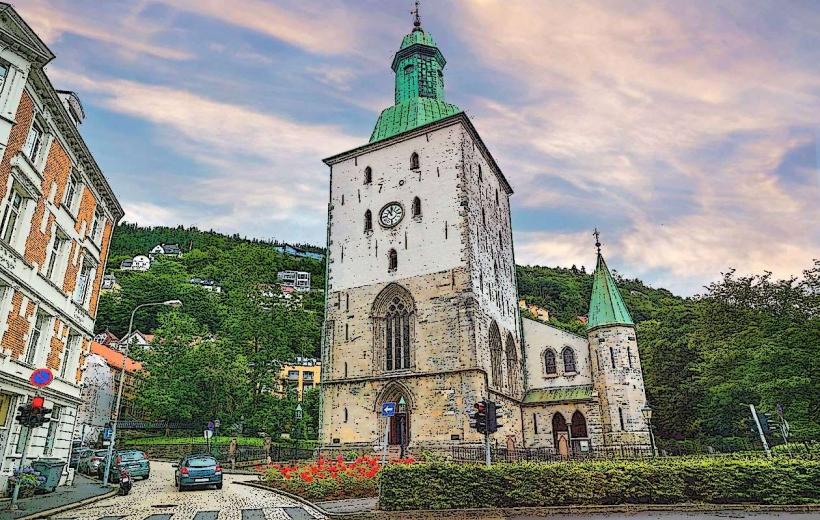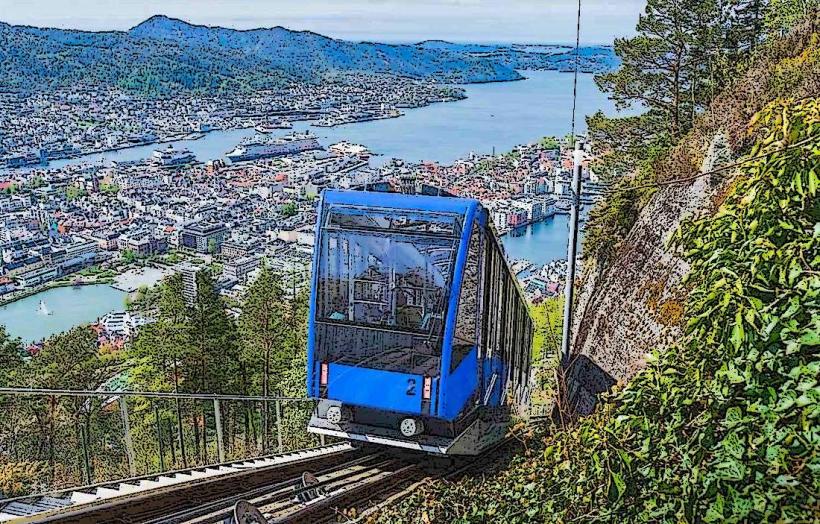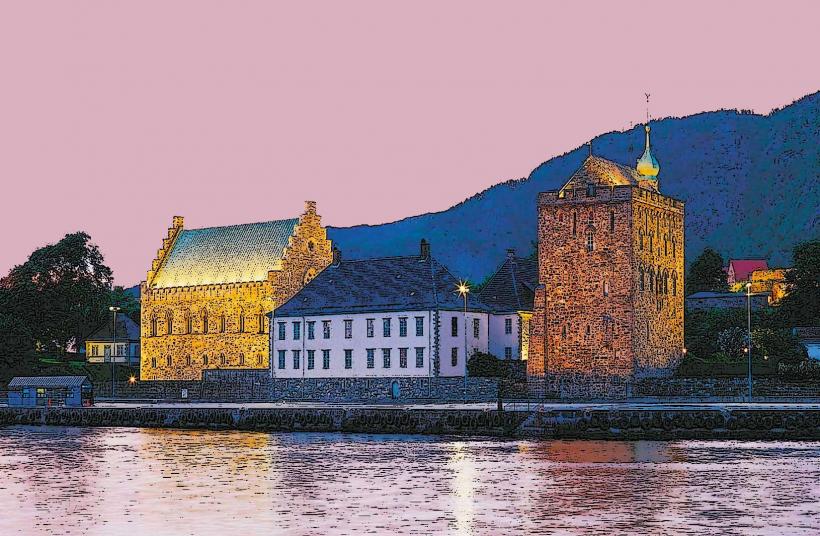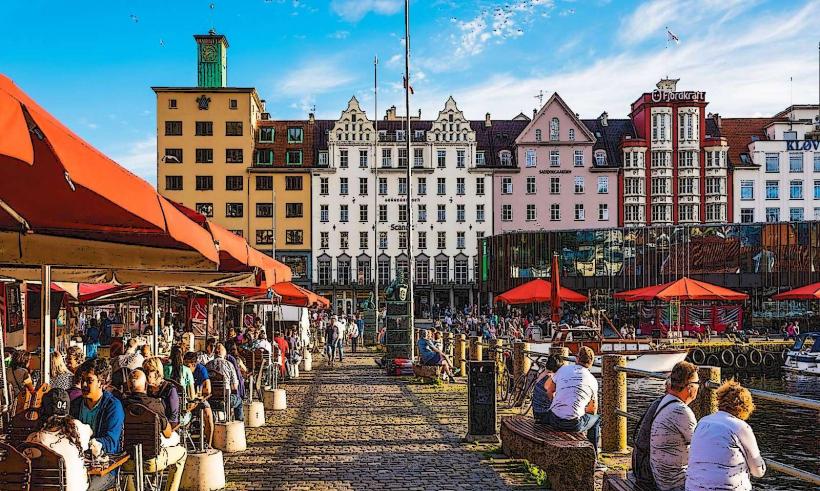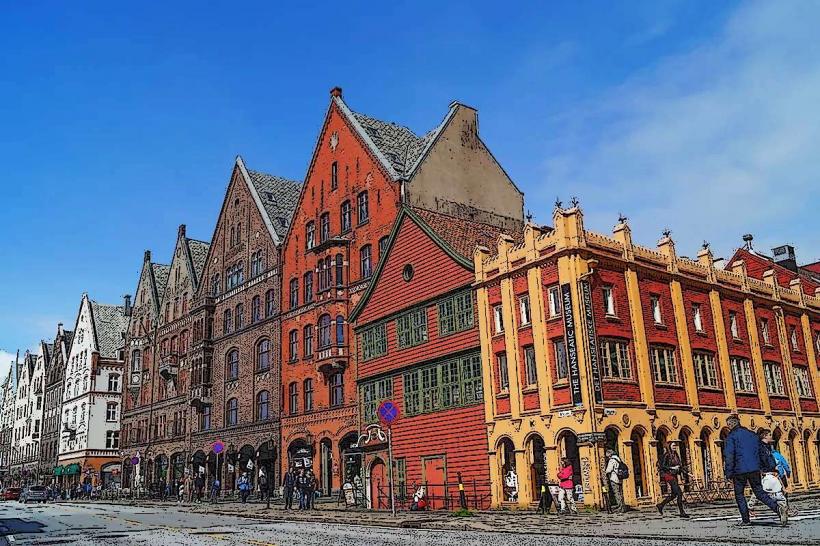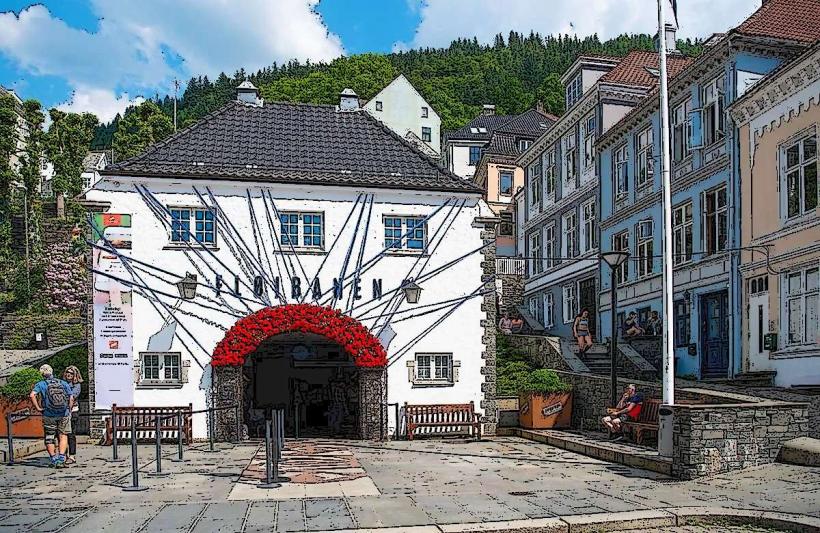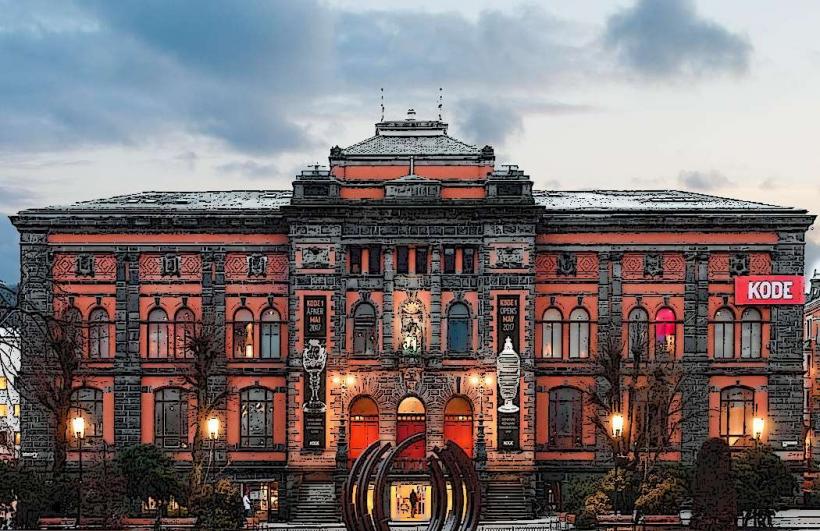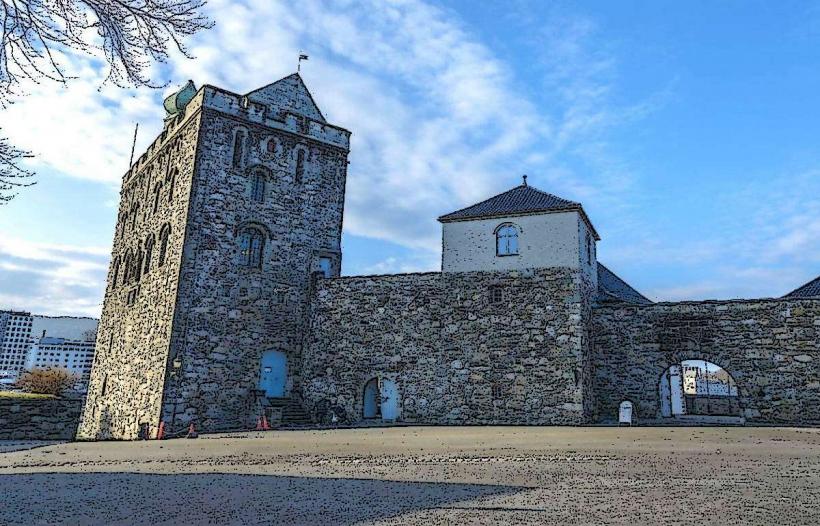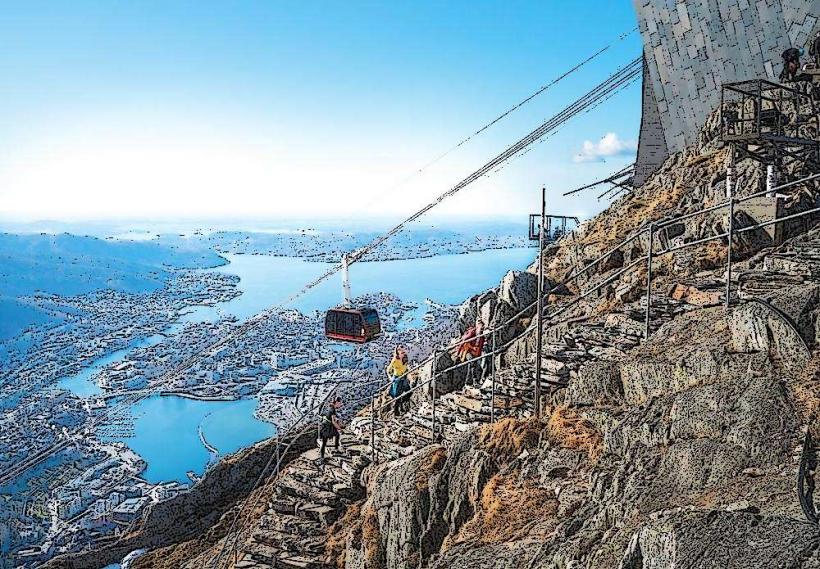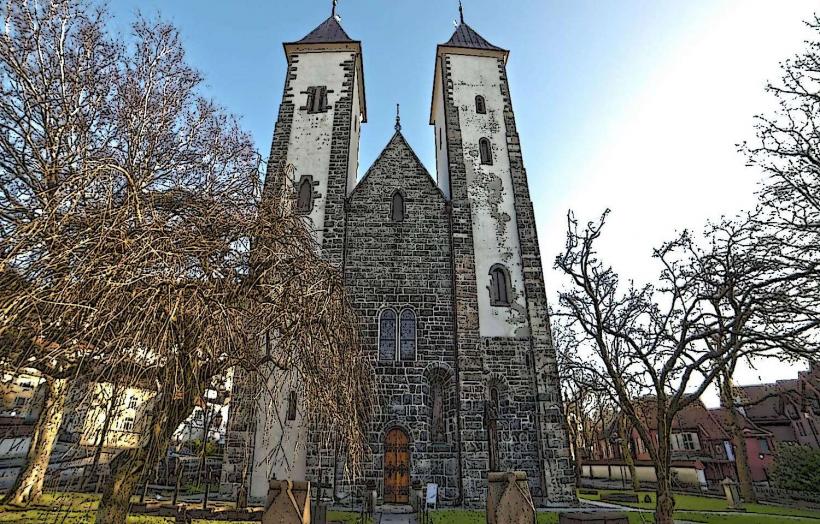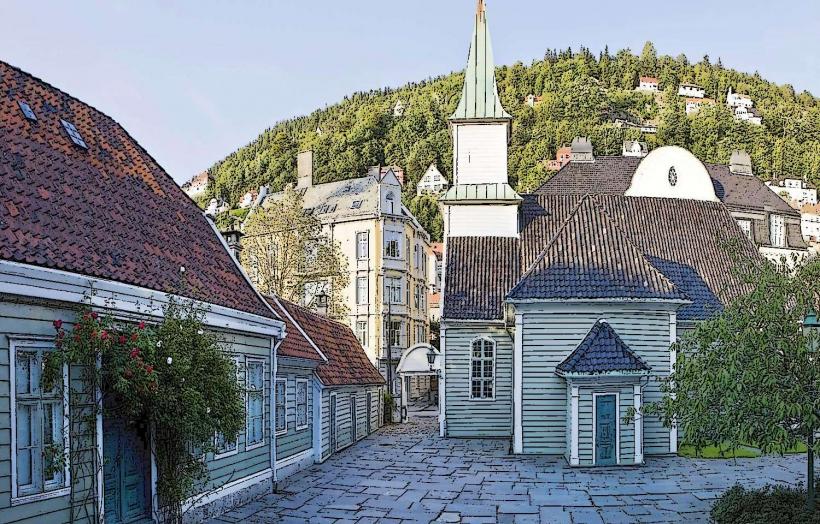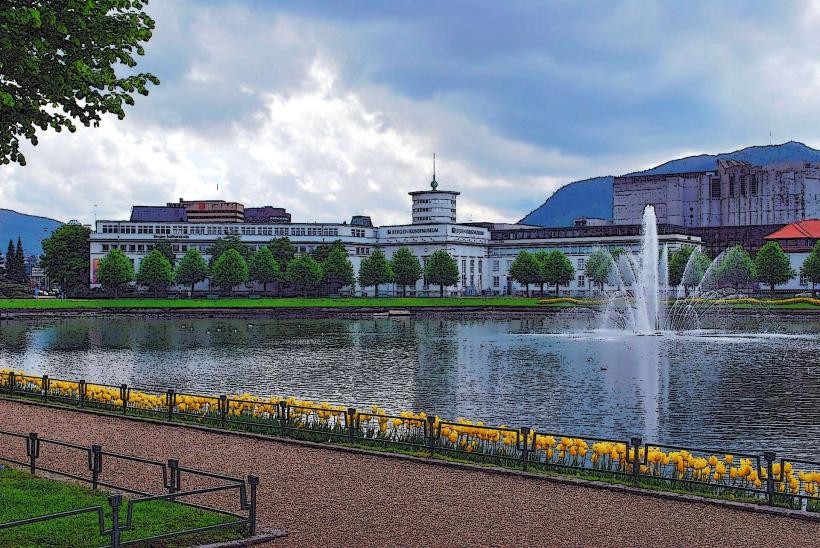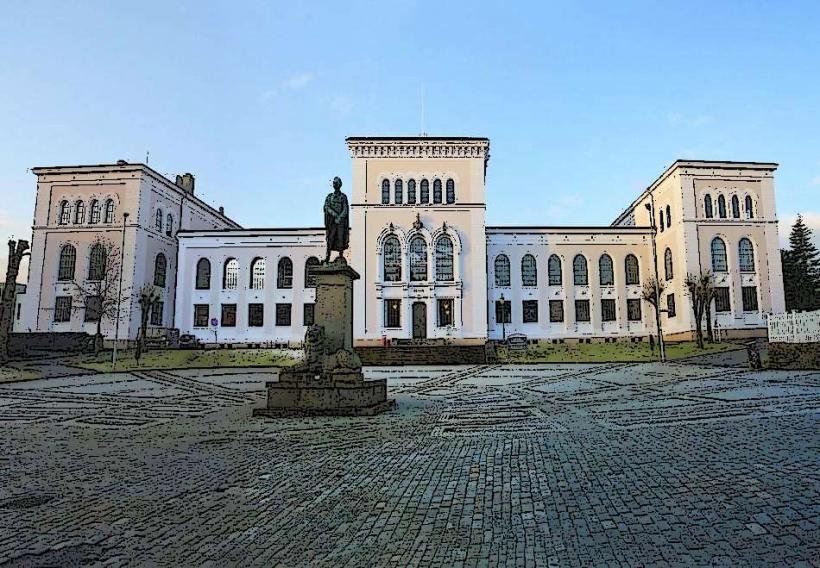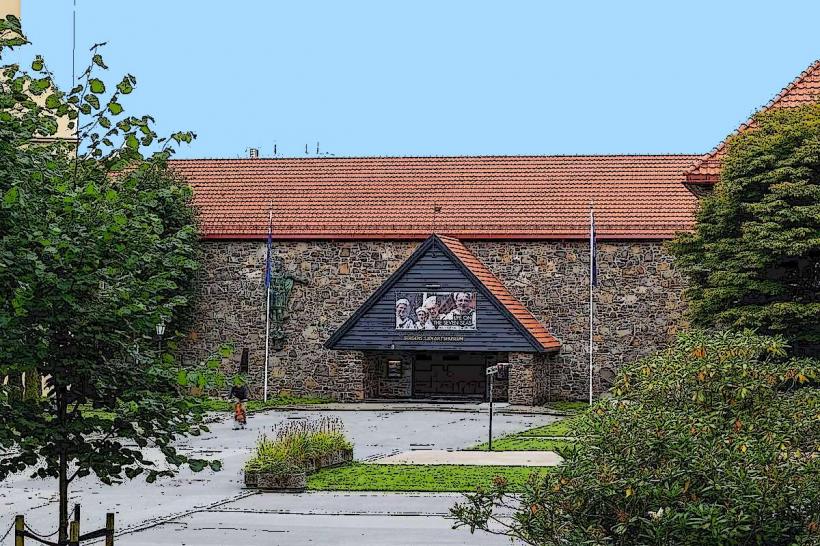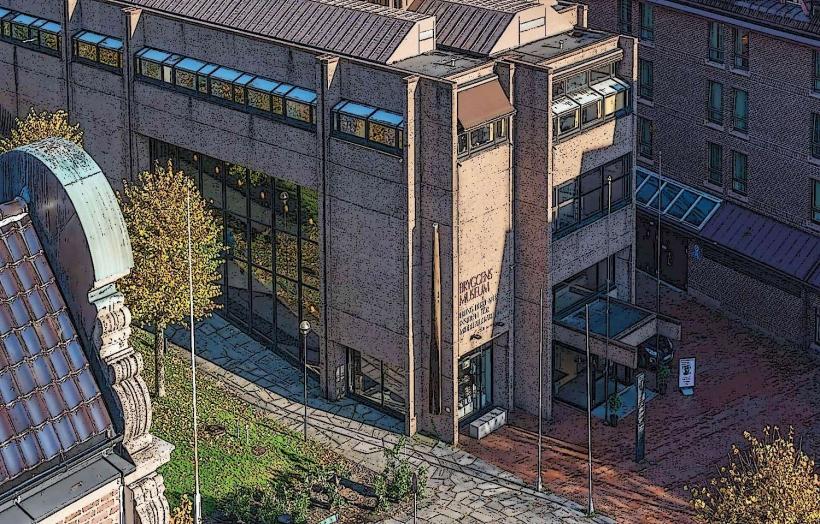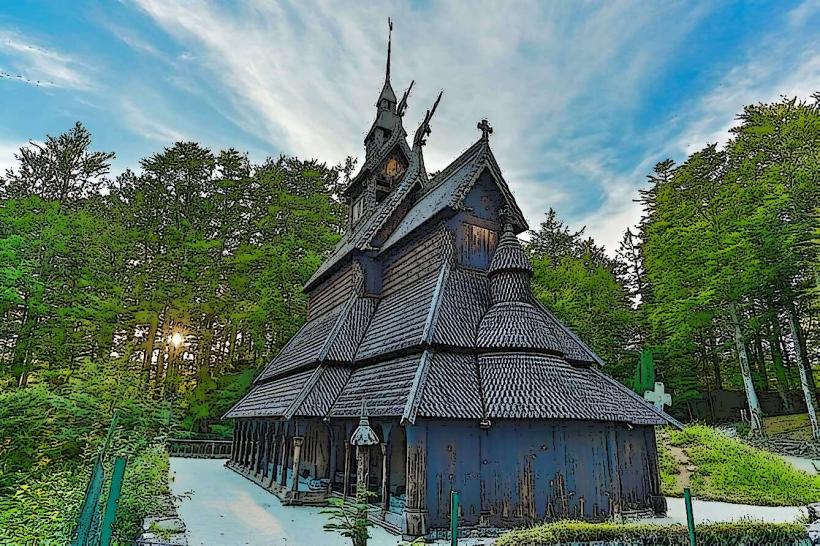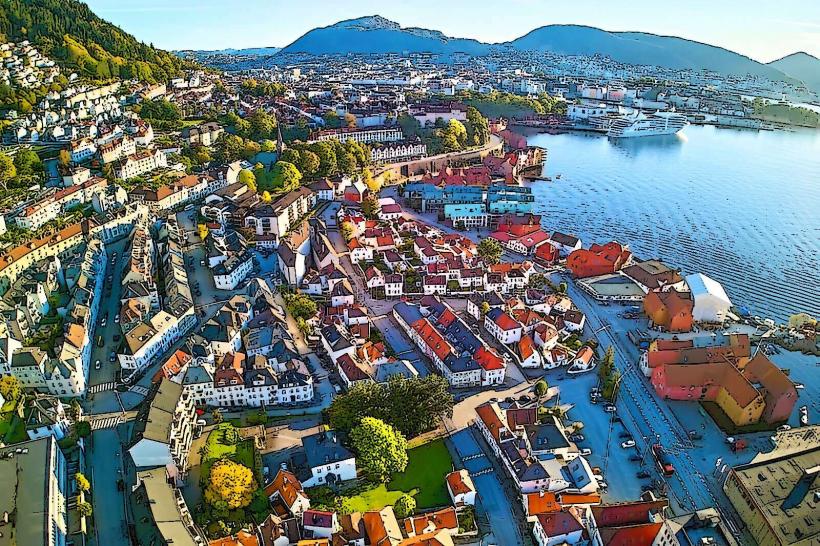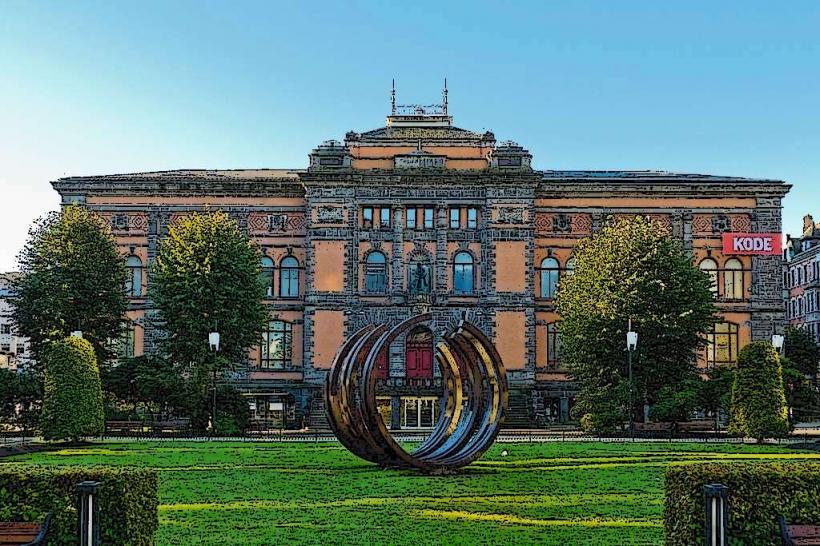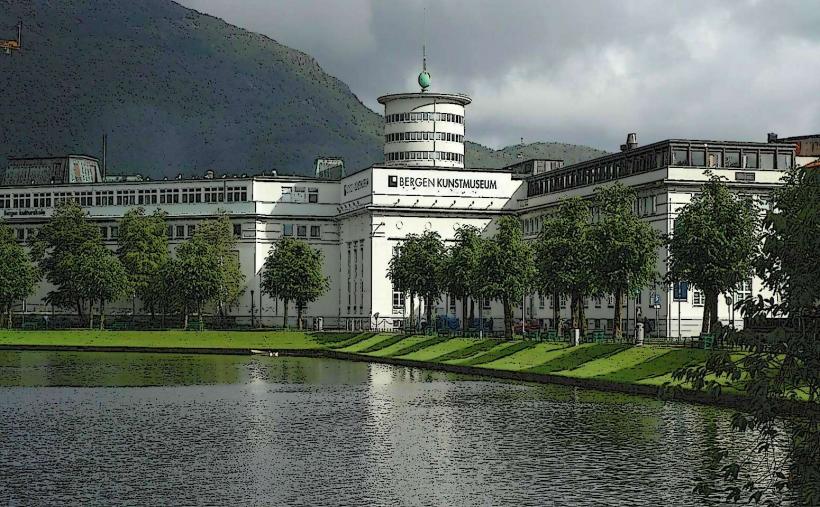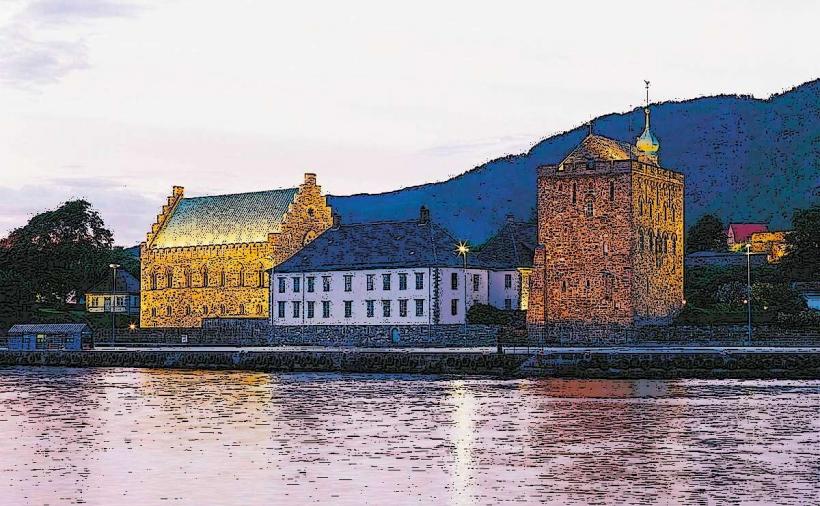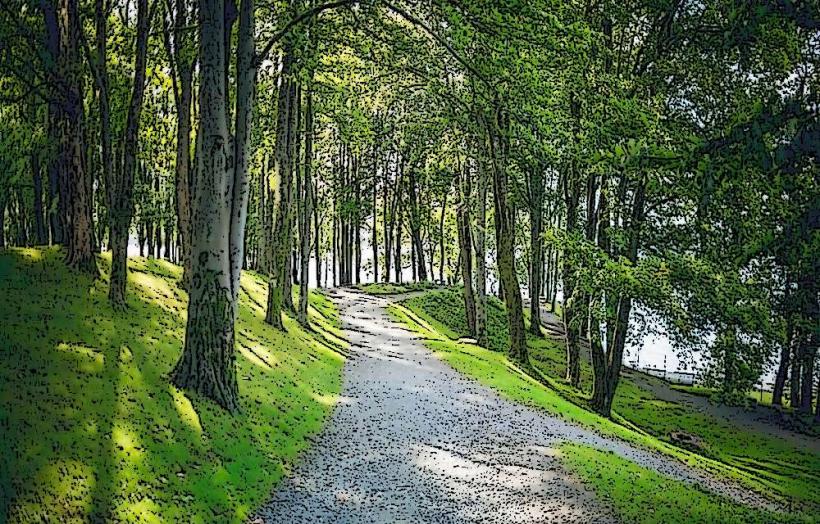Information
Landmark: Bergen City MuseumCity: Bergen
Country: Norway
Continent: Europe
The Bergen City Museum (or Bergen Bymuseum) is one of the most significant cultural institutions in Bergen, Norway. The museum offers visitors an in-depth look at the history, culture, and development of the city, providing insight into its evolution from medieval times to the modern era. It is a great place to explore Bergen’s rich heritage, from its maritime history to its role as a medieval and Hanseatic city.
1. History and Background
- Establishment and Purpose: The Bergen City Museum was established to preserve and showcase the cultural heritage and historical development of Bergen, one of Norway's oldest cities. It functions as an educational institution that highlights the city’s growth, architecture, and social evolution.
- Role in Cultural Preservation: The museum is dedicated to preserving the history of Bergen and provides a comprehensive view of the city's past through exhibitions, artifacts, and interactive displays. It plays a crucial role in preserving the historical and cultural memories of the city and its people.
2. Exhibitions and Collections
- Permanent Exhibitions: The museum’s permanent exhibitions explore various aspects of Bergen’s history, including its medieval roots, its significance as a Hanseatic port, and its development into a modern city. The exhibitions cover:
- Bergen’s Medieval Period: This includes Bergen’s role as the capital of Norway during the Middle Ages, its connections to King Haakon IV and the Hanseatic League, and its significance as a religious center.
- Hanseatic Heritage: The museum explores the city’s role in the Hanseatic League, which was a powerful trading network of merchants that dominated much of Europe from the 13th to the 17th century. Bergen was one of the most important trading hubs, and the museum showcases this history with exhibits on the Hanseatic merchants and their lives in the city.
- Urban Development and Architecture: The museum highlights the evolution of Bergen’s architecture, from its wooden buildings of the medieval era to the modern structures of the 20th century. Exhibits show how the city’s layout changed over time, from the narrow medieval streets to the grander, planned developments of later centuries.
- Maritime History: Given Bergen’s historical ties to the sea, the museum also has extensive exhibits on maritime history, including displays on Bergen’s harbor, shipping industry, and the fishing industry, which has been essential to the city's economy for centuries. The museum explores the relationship between Bergen and the North Sea and its importance as a maritime hub.
- Art and Culture: The museum also houses collections of art and cultural artifacts, many of which are related to Bergen’s history. This includes paintings, photographs, and historical objects that tell the story of daily life, trade, and culture in Bergen throughout the centuries.
3. Museum Sites and Locations
The Bergen City Museum is not a single building but a network of historic sites and locations that offer different perspectives on the city's history. These include:
- Gamle Bergen Museum (Old Bergen Museum): Located in the St. Jørgens Hospital area, this open-air museum is a key part of the Bergen City Museum. It features a collection of historic wooden buildings, including homes, shops, and workshops, which recreate the atmosphere of Bergen in the 18th and 19th centuries. The museum gives visitors a chance to experience life in Bergen during the time of the Hanseatic merchants and early industrialization.
- The Old Bergen Museum offers live demonstrations and historical reenactments, and it is one of the most popular attractions in Bergen for those looking to step back in time and explore the city as it was centuries ago.
- The King’s Gate: Another site managed by the Bergen City Museum is the King’s Gate (or Kongensporten), which was part of the medieval Bergenhus Fortress and a key point of entry into the city. The King’s Gate is one of the oldest surviving parts of the city’s fortifications, dating back to the early 13th century. The museum includes exhibits on the fortress's role in Bergen’s defense and its historical significance as a royal residence.
- Bergenhus Fortress: The Bergenhus Fortress is another part of the museum’s network. This historic fortress, which includes Haakon’s Hall and the Rosenkrantz Tower, is a central part of the city’s history. It was once the residence of Norwegian kings and has played an important role in military history.
4. Special Exhibitions and Events
- Temporary Exhibitions: In addition to its permanent exhibits, the Bergen City Museum frequently hosts temporary exhibitions that focus on specific aspects of Bergen’s history, local art, or cultural trends. These can include anything from exhibitions on local artists and historical figures to thematic exhibits about Bergen’s industrial development or maritime heritage.
- Cultural Events and Activities: The museum also hosts various cultural events, such as lectures, workshops, and guided tours, designed to engage the public with Bergen’s history. These events provide deeper insights into specific historical topics or help connect visitors with Bergen’s modern cultural scene.
- Educational Programs: The Bergen City Museum offers educational programs for children, students, and schools. These programs are designed to make history accessible and fun, providing hands-on experiences that explore Bergen’s past.
5. Visitor Experience
- Opening Hours and Admission: The museum is open year-round, though the hours may vary based on the season. Admission prices typically vary depending on the site, and there are often discounts for students, seniors, and children. Some sites, such as the Old Bergen Museum, may have seasonal opening hours, so it’s advisable to check in advance before visiting.
- Visitor Facilities: The museum offers various visitor facilities, including gift shops, cafes, and audio guides to enhance the experience. Visitors can also purchase souvenirs related to Bergen’s history and culture.
- Guided Tours: The museum provides guided tours that offer in-depth information about the exhibits, allowing visitors to learn more about Bergen’s history from knowledgeable guides. These tours are available in several languages and are especially popular for groups or tourists with limited time.
6. Conclusion
The Bergen City Museum is an essential stop for anyone interested in learning about the history and culture of Bergen. Through its diverse collection of exhibits, historic sites, and educational programs, the museum brings the past to life and provides visitors with a deeper understanding of how Bergen evolved from a medieval city to the vibrant cultural hub it is today. Whether you’re interested in architecture, art, maritime history, or the city’s role as a medieval trading center, the museum offers a fascinating journey through the centuries.

